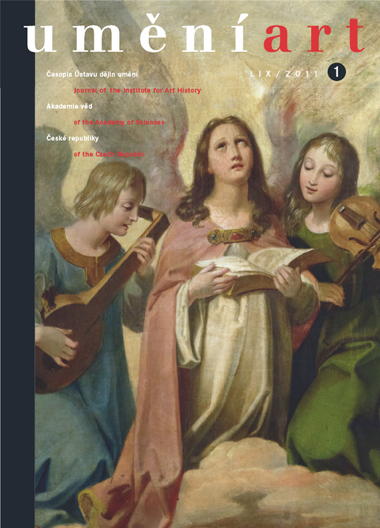Jitka Kubištová
Sial v České Lípě
This article looks at the major works of architects from the Liberec office of Sial in Česká Lípa from the perspective of the architectural qualities of the works and their political and social context. For a comprehensive picture, the article also notes the planning work done in Česká Lípa by top Sial representatives in the 1950s, that is, before Hubáček's famous studio was founded in 1968. In the complicated times of the 1950s, art was in the grip of Socialist Realism. Jaromír Vacek's work in Česká Lípa consistently acknowledged this style. Česká Lípa took relatively little advantage of the more politically relaxed 1960s. One of the more progressively designed structures was Jiří Svoboda's concept for a self-service market, which ultimately the city never went on to build. The article devotes special attention to the period between the 1960s and the 1980s. It was during this time that the uranium industry took off in Česká Lípa and in the entire surrounding region. During this golden age there was a substantial increase in capital construction in the city, especially of residential panel buildings erected to house the influx of workers in the uranium mines. The dynamic pace at which the city began to flourish luckily did not lead to the destructive demolition of the city's historically developed areas. The new face of a uranium-industry Česká Lípa was partly shaped by the high-quality public buildings designed by the members of Sial studio (e.g. Sever primary school by Zdeněk Zavřel and Dalibor Vokáč; the building of the District Committee of the Communist Party of Czechoslovakia by Otakar Binar; the Uran shopping centre by Emil Přikryl; and the Crystal cultural centre by Jiří Suchomel). Přikryl's shopping centre (1980-1983) thoughtfully combines elements of the contemporary European architectural styles of Neo-functionalism and Post-modernism. The high quality of Přikryl's shopping centre has already been noted by Jan Sapák, Rostislav Švácha and Petr Kratochvíl. In his project for the cultural centre (1974-1990) Jiří Suchomel made pioneering use of solar energy, which was still an uncommon heating method at that time. Although these works were never accepted by the city's population, they rank among the most valuable monuments of Czechoslovak architectural work under the communist regime.
Full-text in the Digital Library of the Czech Academy of Sciences:
https://kramerius.lib.cas.cz/uuid/uuid:67d3838d-daf6-84d1-8381-9d3d9e66ec75
< back

